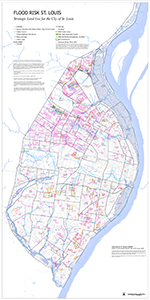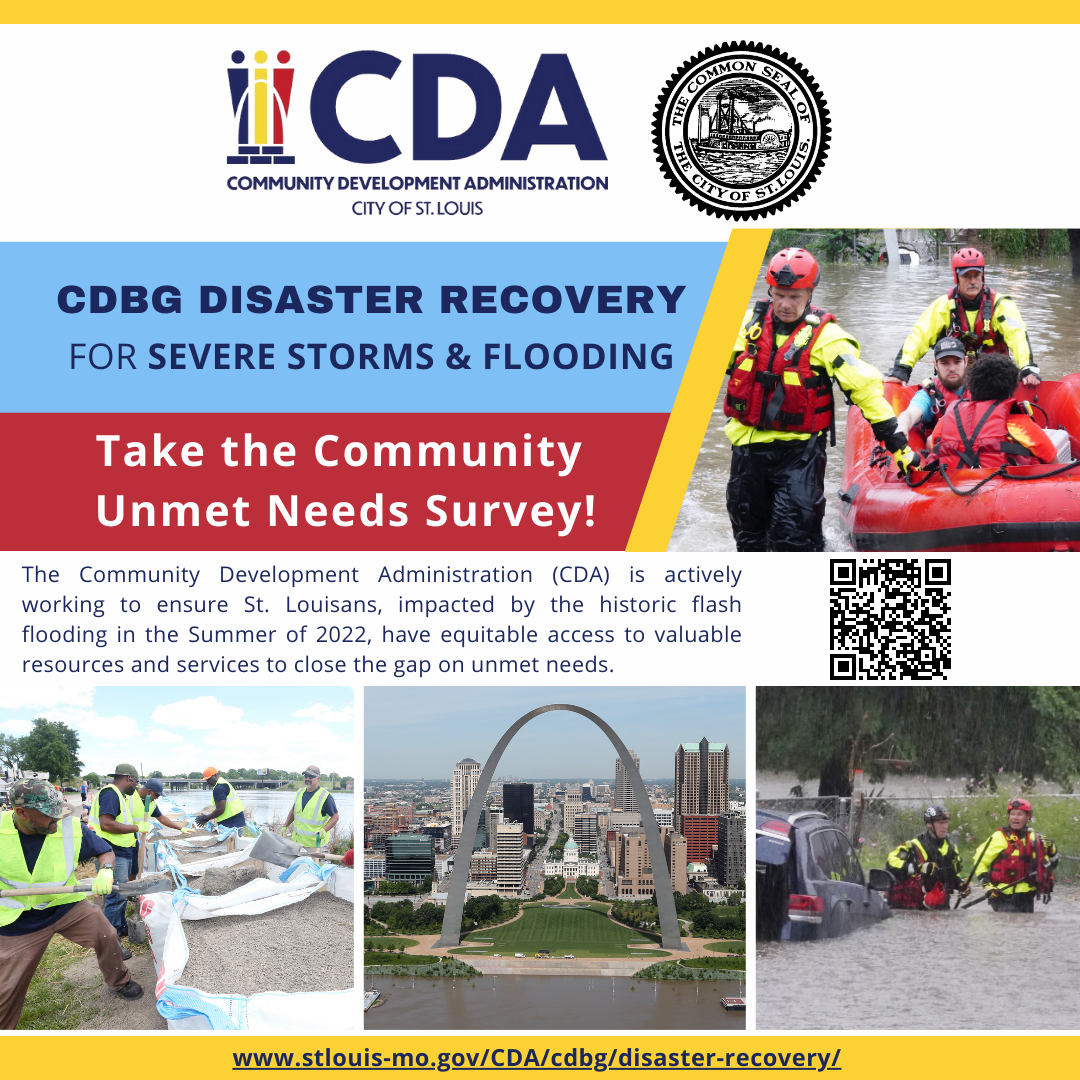CDBG Disaster Recovery
City of St. Louis Severe Storms & Flooding Recovery Funding
Overview
The Community Development Administration (CDA) is actively working to ensure St. Louisans, impacted by the historic flash flooding in the Summer of 2022, have equitable access to valuable resources and services to close the gap on unmet needs.
Note: this webpage will be updated atleast weekly with relevant CDBG-DR information.
Request for Proposals/Qualifications
As part of the City of St. Louis’ CDBG-DR Action Plan, CDA released two critical Requests for Proposals/Qualifications designed to advance flood mitigation, green infrastructure, and community resilience.
Estimated Timeline for both:
Issuance Date: January 17, 2025
Questions Due: February 10, 2025
Q & A Posting: February 12, 2025
Proposal Due: February 18, 2025
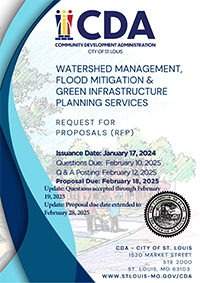
RFP: Watershed Management, Flood Mitigation Green Infrastructure Planning Services
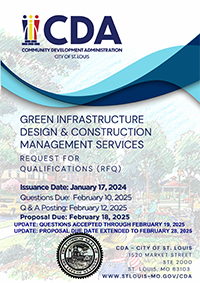
RFQ Green Infrastructure Design and Construction Management Services
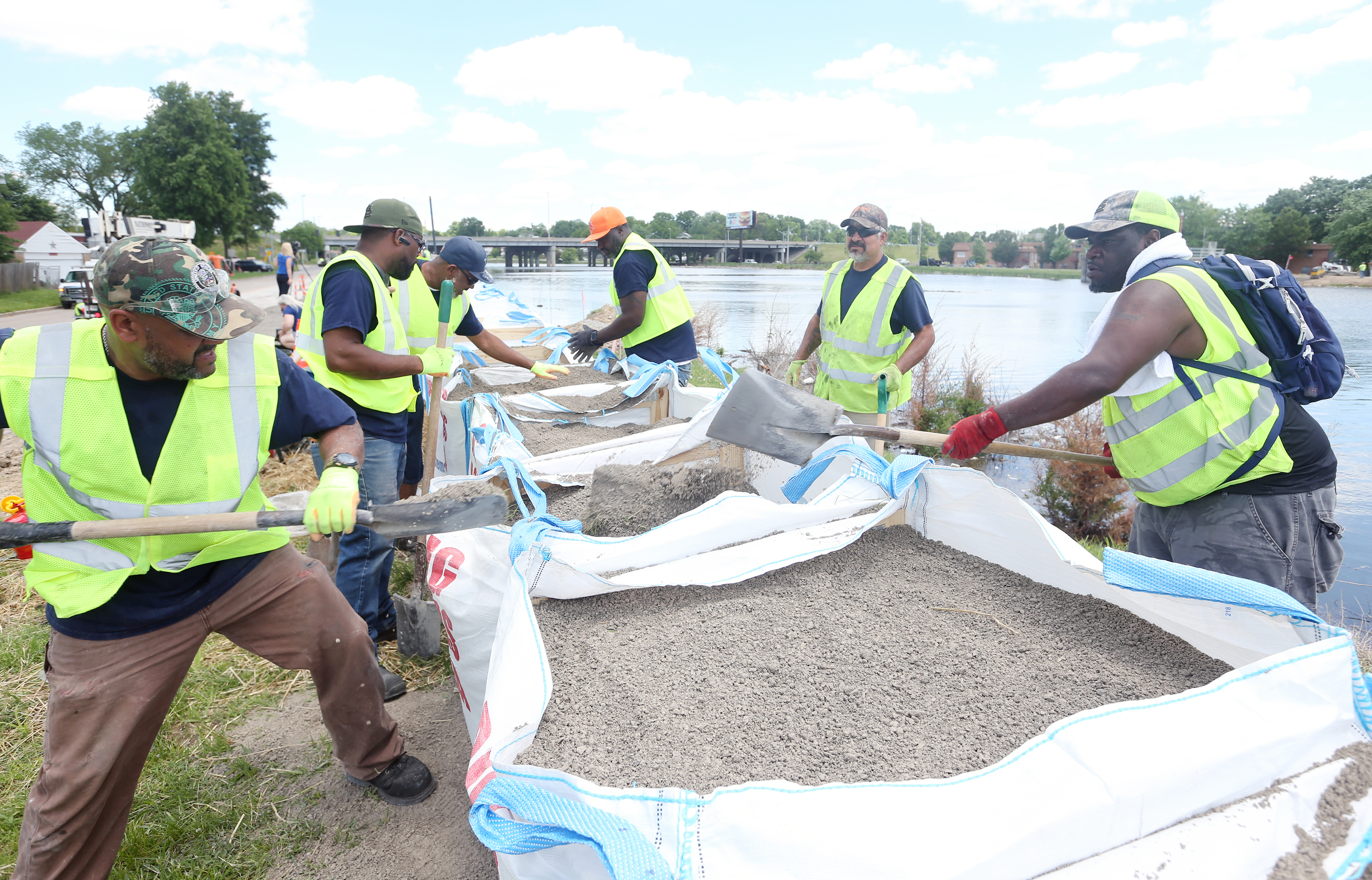
Accessibility
Persons with special needs or accommodations relating to accessibility or foreign language should contact cda@stlouis-mo.gov or by phone at (314) 657-3830 or (314) 589-6000 (TDD). Interpreting services are available upon request for persons with hearing disabilities. Interested parties should contact the Office on the Disabled at (314) 622-3686/voice or (314) 622-3693/TTY.
What is Community Development Block Grant Disaster Recovery (CDBG-DR) funding?
When the President declares a major disaster, Congress may appropriate funds to the Department of Housing and Urban Development (HUD) when there are significant unmet needs for long-term recovery. HUD allocated $25,834,000 to the City of St. Louis to support long-term recovery in response to the flash flooding that impacted the St. Louis metropolitan area.
- Funding of last resort: CDBG-DR funds are mostly used to address unmet needs tied to the disaster that other federal programs (like FEMA) haven’t been able to address.
- Mitigation: Some CDBG-DR funds can help impacted communities become more resilient to current and future risks through Mitigation Set-Aside Funds. This funding does not require tie-back to the disaster event. Mitigation funding without tie-back is generally limited to 13% of the total grant amount. Similar to other HUD programs, stringent requirements apply when using CDBG-DR funding.
How can CDBG-DR funds be spent?
CDBG-DR funds must be spent on HUD-eligible activities related to housing, infrastructure/public facilities, economic revitalization, public services, planning, or administration. Most funding must be used to assist households with an income at or below 80% of the area median income.
What are HUD-eligible activities?
- Repair, reconstruction, or construction of housing that addresses disaster impacts
- Economic revitalization activities that assist impacted businesses, create jobs, or promote workforce development
- Repair/replacement of disaster-impacted infrastructure or public facilities such as streets, water/sewer facilities, playgrounds, as well as flood/drainage measures
- Planning activities that support comprehensive planning such as climate resiliency, community recovery, disaster preparedness or neighborhood planning
CDBG-DR Action Plan
To receive CDBG-DR funds from HUD, we must complete a planning process that takes approximately six months. Throughout this process, we will be reviewing data and gathering insights from our residents and stakeholders to determine unmet needs and designing CDBG-DR eligible projects and activities that address those needs. The information gathered will be compiled into an Action Plan that is submitted to HUD for review and approval. The City is also developing an implementation plan that will outline how each project will be administered in compliance with federal regulations. Upon HUD’s approval of the Action and Implementation Plans, the City of St. Louis can begin to deploy CDBG-DR funds through the identified projects and activities.
How is input gathered on the planned use of CDBG-DR funds?
Your voice is critical for our collective action plan. The City is currently collecting responses to our unmet needs survey. With this critical feedback from impacted communities, the City will draft the Unmet Needs Assessment and the Action Plan. The City will then advertise a draft Action Plan for a 30-day public comment period. Public meetings will also be held to gather input regarding the draft plan.
Information about those meetings and the draft plan will be published here.
Estimated Timeline
| Disaster Event | Summer 2022 |
|---|---|
| HUD Published CDBG-DR Allocation | May 2023 |
| CDA Initiates Unmet Needs Analysis | Winter 2023/Spring 2024 |
| CDA Drafts Action Plan | Spring 2024 |
| HUD Approves Action Plan | Summer 2024 |
| CDBG-DR Programs Begin | Fall 2024 |
How can individuals and families get assistance from CDBG-DR funding?
The City of St. Louis is in the initial phases of action planning for the use of CDBG-DR funds. Information regarding programs that may be able to provide assistance to impacted people will be made available here as it becomes available. The majority of funds must be used to assist households that have an income at or below 80% of the area median income. HUD’s 2023 income limits below.
FY 2023 HUD Income Limits at or Below 80% of the Area Median Income
| Median Family Income | $101,200 |
|---|---|
| 80% Family of 1 | $56, 250 |
| 80% Family of 2 | $64,300 |
| 80% Family of 3 | $72,350 |
| 80% Family of 4 | $80,350 |
| 80% Family of 5 | $86,800 |
| 80% Family of 6 | $93,250 |
| 80% Family of 7 | $99,650 |
| 80% Family of 8 | $106,100 |
